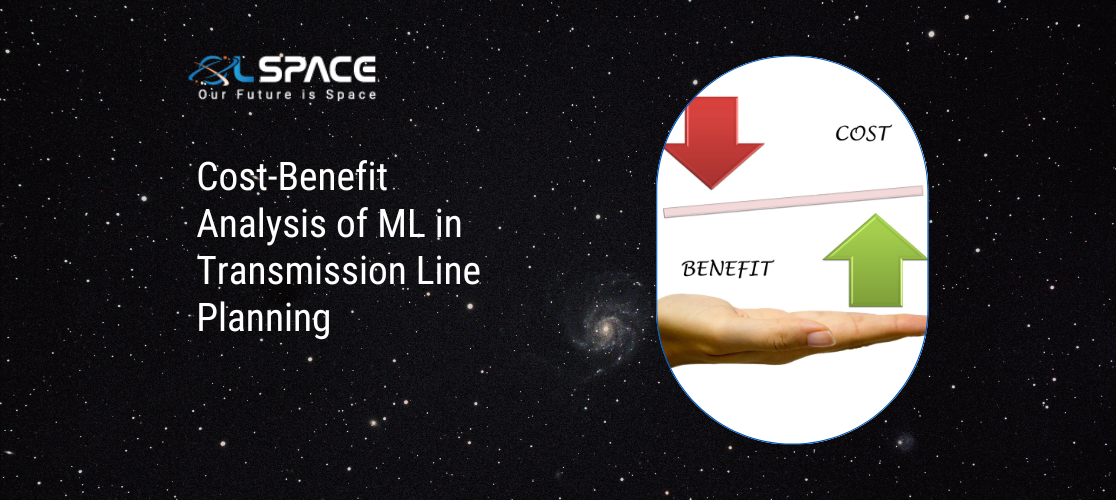12 September 2023
Cost-Benefit Analysis of ML in Transmission Line Planning

Cost-benefit analysis (CBA) is a valuable method for evaluating the implementation of machine learning (ML) in transmission line planning within the energy sector. ML applications in this domain can offer numerous advantages, but they also come with associated costs. A CBA helps decision-makers assess whether the benefits of adopting ML outweigh the costs. Here’s how you can conduct a CBA for ML in transmission line planning:
Identify Objectives:- Define the objectives of implementing ML in transmission line planning. These may include improving accuracy, reducing downtime, optimizing maintenance schedules, or enhancing grid reliability.
- Establish clear metrics to measure the impact of ML. Metrics could encompass accuracy improvements, reduced maintenance costs, minimized downtime, or increased transmission capacity.
- Identify all costs associated with implementing ML in transmission line planning. These may include:
- Development Costs: Expenses related to building or acquiring ML models and software.
- Data Collection and Processing: Costs associated with gathering and preprocessing data for ML.
- Hardware and Software: Expenses for computing resources and ML software licenses.
- Training and Education: Costs for training staff or hiring experts in ML.
- Integration and Deployment: Expenses associated with integrating ML into existing systems.
- Maintenance and Updates: Ongoing costs for model maintenance and updates.
- Downtime and Transition Costs: Costs incurred during the transition to ML-based planning.
- Quantify the benefits that ML can bring to transmission line planning. These may include:
- Increased Efficiency: ML can optimize transmission line routing, leading to cost savings.
- Predictive Maintenance: ML can predict equipment failures, reducing downtime and repair costs.
- Improved Reliability: ML can enhance grid reliability by identifying potential issues in real time.
- Capacity Optimization: ML can optimize power flow and increase transmission capacity.
- Reduced Outages: ML can predict and mitigate outages, reducing losses and customer complaints.
- Determine the timeframe over which costs and benefits will be realized. ML projects often have an initial investment period followed by ongoing benefits.
- Apply a discount rate to future costs and benefits to account for the time value of money.
- Conduct sensitivity analysis to assess how changes in key variables (e.g., ML model accuracy, cost overruns) impact the results.
- Calculate the NPV of the project by subtracting the present value of costs from the present value of benefits. A positive NPV indicates that the project is financially viable.
- Calculate the ROI by dividing the net benefit (benefits minus costs) by the total investment costs. An ROI greater than 1 indicates a positive return on investment.
- Evaluate the risks associated with the ML project, including data quality, model accuracy, regulatory changes, and market volatility.
- Consider the results of the CBA, including NPV, ROI, and risk assessment, to make an informed decision about whether to proceed with the ML implementation in transmission line planning.
- Continuously monitor the project’s progress and reassess the CBA as new data and insights become available.
A well-executed cost-benefit analysis will provide decision-makers with a comprehensive view of the financial implications of implementing ML in transmission line planning. It helps ensure that the investment aligns with the organization’s strategic objectives and offers a positive return on investment while considering potential risks and uncertainties.
